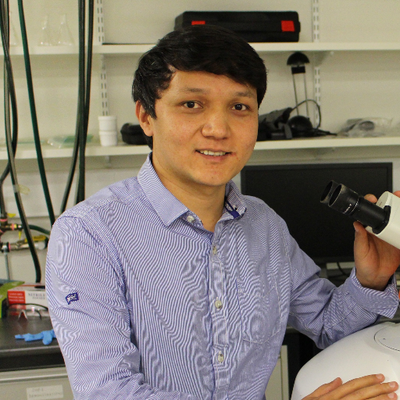One-step Green Fabrication of Antimicrobial Surfaces via In Situ Growth of Copper Oxide Nanoparticles
Published:
Abstract: Microorganisms such as pathogenic bacteria, fungi, and viruses pose a serious threat to human health and society. Surfaces are one of the major pathways for the transmission of infectious diseases. Therefore, imparting antipathogenic properties to these surfaces is significant. Here, we present a rapid, one-step approach for practical fabrication of antimicrobial and antifungal surfaces using an eco-friendly and low-cost reducing agent, the extract of Cedrus libani. Copper oxide nanoparticles were grown in situ on the surface of print paper and fabric in the presence of the copper salt and extract, without the use of any additional chemicals. The morphology and composition of the grown nanoparticles were characterized using field emission scanning electron microscopy, energy-dispersive X-ray spectroscopy, X-ray photoelectron spectroscopy, and X-ray diffraction techniques. The analysis revealed that the grown particles consist of mainly spherical CuO nanoparticles with an average size of ∼14 nm and its clusters with an average size of ∼700 nm. The in situ growth process enables strong bonding of the nanoparticles to the surface, resulting in enhanced durability against wear and tear. Moreover, the fabricated surface shows excellent growth inhibition ability and bactericidal activity against both gram-negative and gram-positive bacteria, Escherichia coli and Staphylococcus aureus, as well as antifungal activity against Candida albicans, a common pathogenic fungus. The ability to grow copper oxide nanoparticles on different surfaces paves the way for a range of applications in wound dressings, masks, and protective medical equipment.
